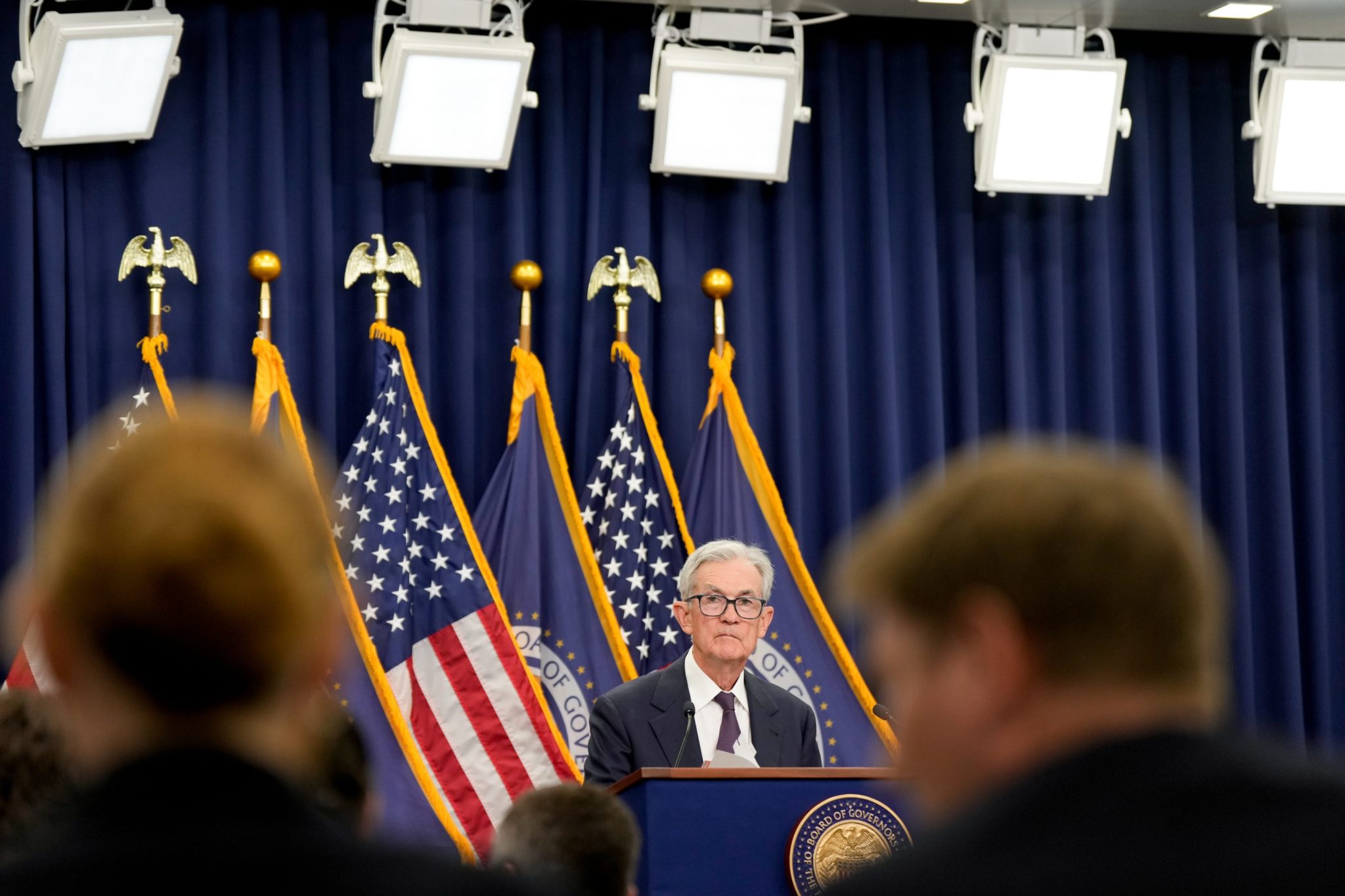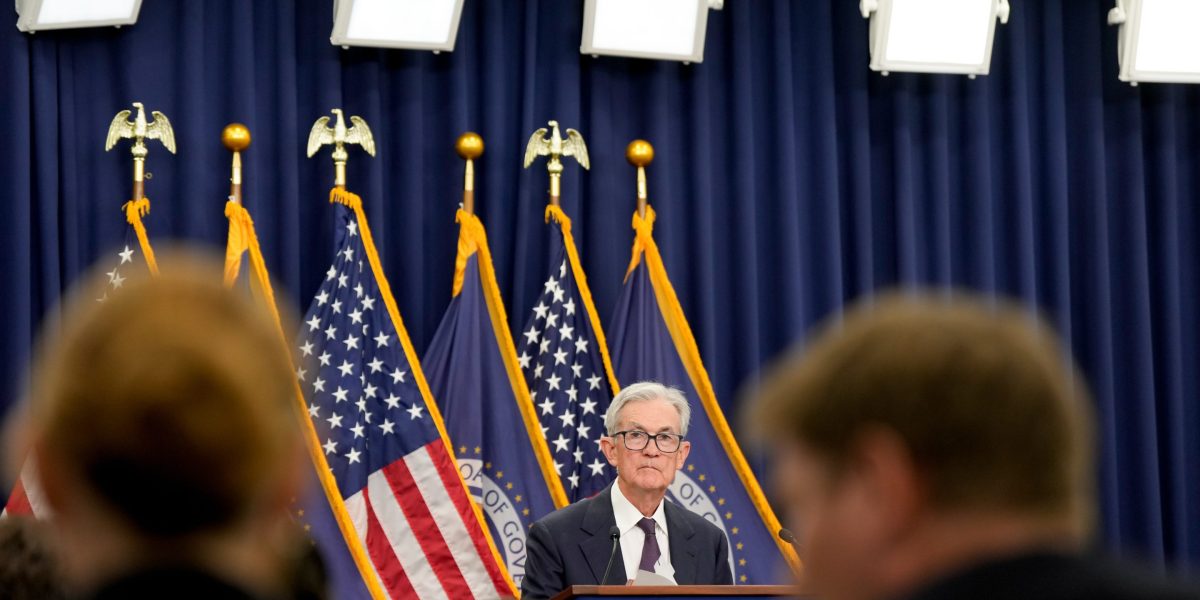
Wall Street at last got its long-awaited cut to the base rate yesterday with Fed chairman Jerome Powell confirming interest would reduce by 25bps. So this morning markets are celebrating, right?
Wrong.
The context of Powell’s cut didn’t come with the footnotes analysts would like to see. Ideally the Federal Open Market Committee (FOMC) cuts because they are on track to bring inflation back to its target of 2%, or because the economy is healthy enough that it can withstand increased activity—a signal of greater prosperity to come.
What spectators don’t want to see is a cut prompted by concern over the Fed’s mandate: Stable prices and maximum employment. Powell described the FOMC’s decision as the latter, a “risk management” cut motivated by apprehension as opposed to confidence.
Neither side of the Fed’s mandate appears to be in perfect health. As Chair Powell outlined in his conference, on the labor side: “Overall, the marked slowing in both the supply of and demand for workers is unusual. In this less dynamic and somewhat softer labor market, the downside risks to employment appear to have risen.”
Meanwhile inflation has “eased significantly from its highs in mid-2022 but remains somewhat elevated relative to our 2% longer-run goal.”
As such “markets were left feeling less confident on the extent of the likely easing cycle and Treasury yields were higher across the curve by the close with U.S. equities flattish after a choppy post FOMC last couple of hours of trading,” Deutsche Bank’s Jim Reid wrote to clients this morning.
What also raised eyebrows for investors was the Fed’s dot plot narrowly shifting from an indication of a further 50bps in 2025 to 75bps, indicating that in one of the two final meetings of this year a cut of 50bps could be announced.
But even then Powell poured cold water over any confirmed plans, saying the FOMC was still in a “meeting-by-meeting situation.” This caught the eye of Elyse Ausenbaugh, Head of Investment Strategy at J.P. Morgan Wealth Management, who wrote in a note seen by Fortune that the shifts in the dot plot were “interesting,” adding: “Powell also acknowledged this, but the amount of dispersion reflects the uncertainty and two-way risks in 2025’s macro environment. I think [yesterday] was a job well done by the Fed in terms of delivering a cut with prudence, not panic.”
Miran’s first FOMC
Also of note was the single dissent from the majority. This came from Stephen Miran, Trump’s latest appointee to the committee and an advisor to the White House. Given lobbying from the president and his Treasury Secretary for a lower base rate since winning the White House, it perhaps wasn’t a surprise that Miran was advocating for a cut of 50bps.
However, this could be a sign of things to come. After all, President Trump has said when Powell’s term is up next year he will be replaced by a far more dovish nominee.
This was a reminder from Joe Brusuelas, Chief Economist at RSM, who cautioned “we urge all to take this forecast with more than a grain of salt and would strongly suggest that the Federal Reserve is moving in a direction where it will tolerate inflation well above target. The only way that inflation moves back to target in the medium term will be a recession, which is not the Fed’s core view nor that of RSM.”
This tension—and the friction within the Fed’s mandate—led many to eye a bumpy path ahead. Oxford Economics’s Michael Pearce, deputy chief U.S. economist, maintained that the Fed’s forecasts are still overly pessimistic and as such believes a “slower pace of easing” in upcoming meetings.
“Our forecast is for the next 25bp cut to come in December,” Pearce added. “However, given the deep divide on the committee, the Fed will be sensitive to any additional negative surprises in the incoming labor market data.”
As markets digest the news this morning, the reaction has been muted. The S&P 500 was flat yesterday, the Nasdaq down a marginal 0.33% and the Russell 2000 up a meagre 0.18%. S&P futures are up this morning, premarket.
Europe was up this morning, with the FTSE 100, CAC 40, STOXX 50 and DAX all posting small gains, while in Asia the Nikkei 225 and Nifty 50 was up while the SSE and Hang Peng were down a little over 1% each.
Here’s a snapshot of the markets globally this morning:
- S&P 500 futures up 0.86% this morning. The index closed down 0.09% in its last session.
- STOXX Europe 600 was up 0.89% in early trading.
- The U.K.’s FTSE 100 was up 0.36% in early trading.
- Japan’s Nikkei 225 was up 1.15%.
- China’s CSI 300 was down 1.16%.
- The South Korea KOSPI was up 1.4%.
- India’s Nifty 50 was flat before the end of the session.
- Bitcoin rose to $117.3K.









Leave feedback about this